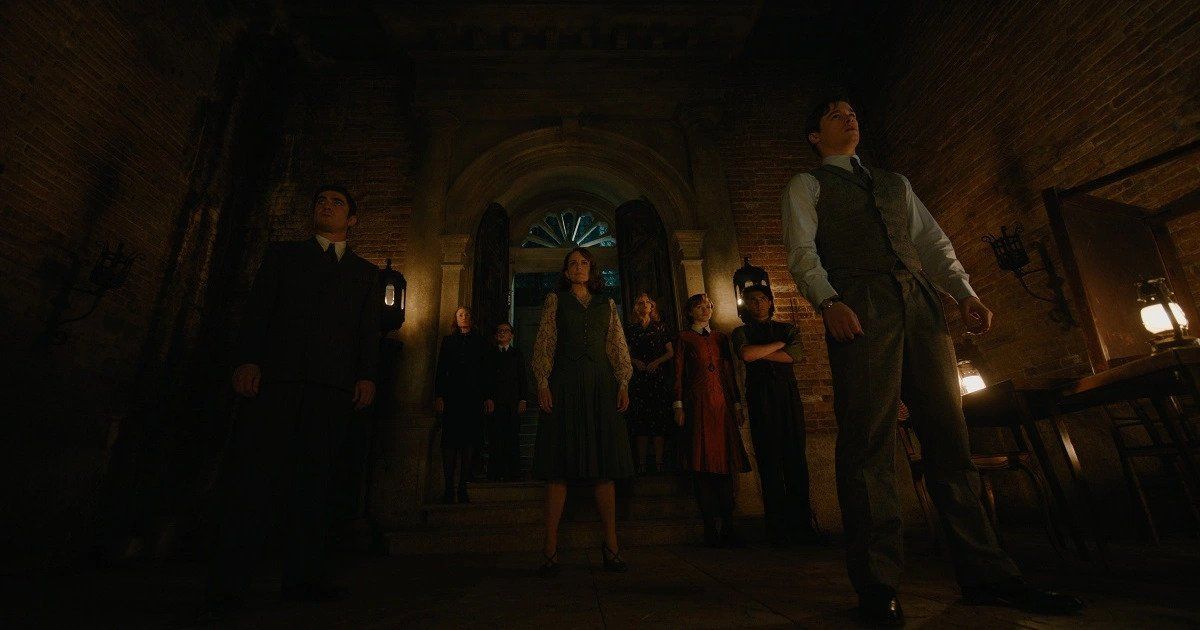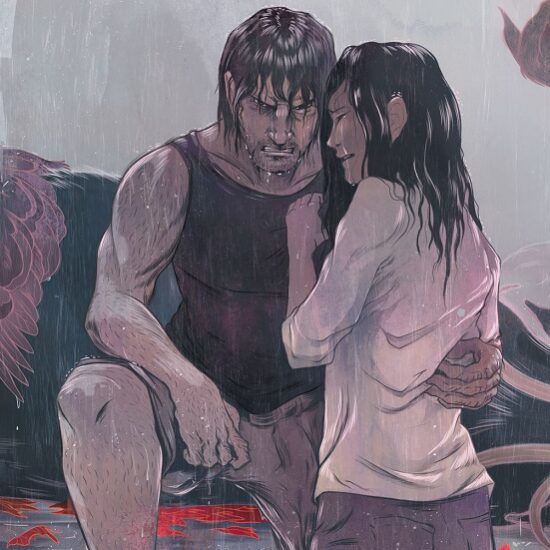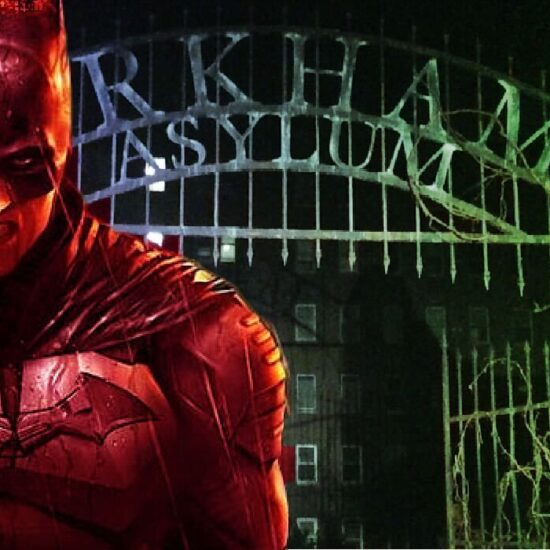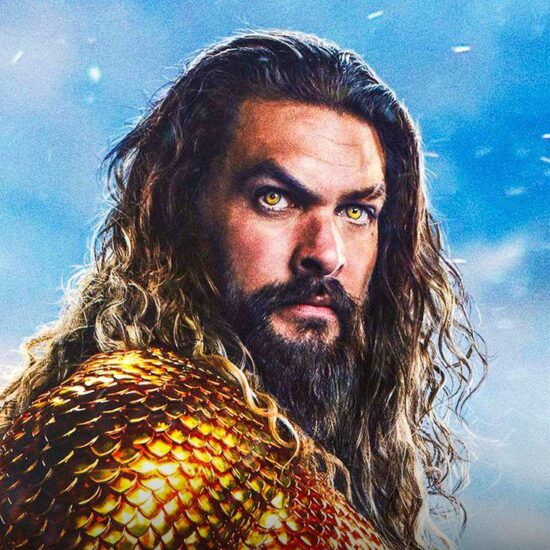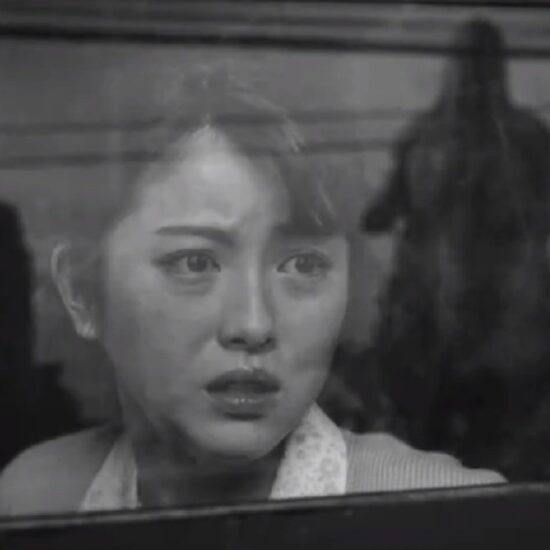
Kenneth Branagh returns as Hercule Poirot in a radical departure from his two previous Agatha Christie adaptations. A Haunting in Venice is a terrifying murder mystery set in a creepy -World War II palazzo. The famed Belgian sleuth is invited to a séance by crime novelist Ariadne Oliver (Tina Fey). She wants him to prove that spiritual medium Joyce Reynolds (Michelle Yeah) is a fraud. Opera star Rowena Drake (Kelly Reilly) is desperate to communicate with her daughter (Rowan Robinson) who committed suicide. The night takes a seemingly supernatural turn as murders ensue with no obvious explanations.
Oscar-winning Icelandic composer Hildur Guðnadóttir (Joker, TAR, Chernobyl) will send shivers down your spine with her magnificent score. With A Haunting in Venice, Guðnadóttir takes the reins from Patrick Doyle, who did Murder on the Orient Express and Death on the Nile. Branagh “was very clear that he wanted the film to be very different from the other two films.” Guðnadóttir was instructed to be “claustrophobic and confined because in this film we’re really staying in this one house.” She stated that “the house itself is also making a lot of sound” which was “already written in the script.”
Guðnadóttir’s inspiration was “to explore the music history of this time.” She thought it “fit really well to the emotional journey that Poirot was going through.” Guðnadóttir “imagined writing music” and being “a composer in 1945.” Her goal was to “break up the old structures of melody and musical structures that we’re accustomed to.” She succeeds grandly but credits Branagh with “such clarity in his vision” and being “such a joy.” Guðnadóttir had “a really great experience” and felt “the score wrote itself.”
You can find our complete interview with Hildur Guðnadóttir, who spoke to MovieWeb from her studio in Berlin. You can find our video interview with her above.
Poirot’s Emotional Journey
MovieWeb: Congratulations on another great score. You’re joining Kenneth Branagh’s team after Patrick Doyle worked on the previous two Hercule Poirot films. What was your vision for A Haunting in Venice?
Hildur Guđnadóttir: When I first joined, he was very clear that he wanted the film to be very different from the other two films. We knew that it was going to be a lot smaller in the musical scope. He wanted the film to be claustrophobic and confined, because in this film we’re really staying in this one house. We’re very focused on listening. There are many moments in the film that demands us to listen closely. Our attention is brought to that and the dialogue.
Hildur Guđnadóttir: The house itself is also making a lot of sound. The sounds in the film would also be very prominent. It was already written in the script. It was clear that we were going to be drawn into the sound and the music. He wanted the music to be a kind of chamber-sized score, a chamber piece. He wanted it to be atonal in nature.
Hildur Guđnadóttir: I basically set up to explore the music history of this time. Which I think is incredibly interesting, because composers of this time are exploring questions. What is music? What is sound? How do we play our instruments? How can we break up the old structures of melody and musical structures that we’re accustomed to, and move forward into a direction that’s of a different nature? Composers at this time are really breaking up the old rules.
Hildur Guđnadóttir: I thought that was incredibly interesting musically to explore all of these things. I also thought it fit really well to the emotional journey that Poirot was going through. He has all the same questions. Who was he before the war? What happened to him during the war? And who will he become in this new world order where the world is being rebuilt after the war? How does he want to place himself in that world?
Scoring Horror Scenes
MW: The score has a sinister rise. It is especially impactful in that terrifying séance. How do you compose a horror scene?
Hildur Guđnadóttir: We were talking about working in this period. I really wanted to reference what’s happening in music history at this time. The great thing about music history in this time is that there are so many explorations of extended techniques for something happening in the forward-thinking, classical world. They have such a big connection to the horror genre and that kind of work. You know, the darker scoring, the history of musical scores, it was really fun to really work into the classical way of scoring jump scenes with music and techniques from this time. It was such a fun way of working, I thought. There’s plenty of wonderful material to work into.
MW: What was the best and worst day for you as composer for A Haunting in Venice?
Hildur Guđnadóttir: I had a really great experience working on this film. There wasn’t really anything that was worse or difficult in this process, because working with Ken was just such a joy. He is such a wonderful person. He has such clarity in his vision. He has such clarity in what he wants to achieve, how he wants to achieve it, and he’s so open and generous in the way that he invites you into his mind. It really was a truly pleasurable process.
Hildur Guđnadóttir: It was so interesting for me also to write into this period of music history. I’ve been trying to set the tone of this period because I’m so interested in what was happening around them. So just imagining that I was writing music and I was a composer in 1945, it was such an interesting thought process for me. I feel like the score wrote itself (laughs).
A Haunting in Venice is currently in theaters from 20th Century Studios.







